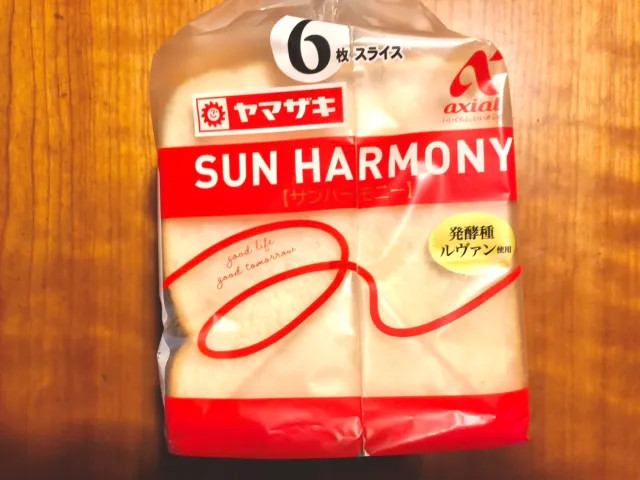
Exploring the culinary boundaries of bread.
When you have toast for breakfast, what do you put on it? Many people would answer jam and butter, or maybe a spread of peanut butter or even avocado.
But we were curious to see what would happen when we paired toast with the traditional Japanese rice toppings called gohan no otomo.
Gohan no otomo translates as “rice companions,” and it refers to quick, pre-made toppings designed to be sprinkled on a bowl of white rice to easily and inexpensively spruce it up into something more flavorful and substantial, and they’re especially handy to have at breakfast.
For this test, our gohan no tomo lineup consisted of salted salmon roe, salmon flakes, red perilla flakes, brown seaweed flakes, and seaweed broiled in sweetened soy sauce. These are all things that go wonderfully with rice, but we had no idea how they would pair with toast.
We were most curious about the salted salmon roe, so we started with that. Though you’ll sometimes see spicy cod roe served on French bread in Japan, we’d never heard of anyone using salted salmon roe as a toast topping, so we were very intrigued about how it would taste.
Oddly, when we slathered it on a slice, it looked a bit like strawberry jam before we covered it with the other slice to make a sandwich. The bright red of the roe was a picturesque vision against the white toast. We didn’t think it looked strange at all, which was unexpected.
The big question, though, was what it would taste like. We’ve eaten toast and salted salmon roe separately a countless number of times, but never at the same time. As we lifted the toast sandwich to our lips, we couldn’t suppress the feeling that we were about to step into an unknown world.
Ooh, it was surprisingly not weird! We’d put enough salted salmon roe on the toast that we could really taste its salty-sweet flavor. In contrast, the flavor of the bread was much more reserved. As we chewed, we gradually got a sense of the bread’s natural sweetness, but the richness of the roe was what took center stage.
Since the toast has lots of surface area to cover with the salmon roe, we think this is an even better way to enjoy it than over rice. If you’re a salted salmon roe fan, you might try it in a sandwich and see how you like it!
Next we tried dried flakes of brown seaweed. We love to mix it in with rice, but how about on toast? It might be a bit too salty to pair with bread.
We sprinkled it liberally on a slice and covered it with another, then lifted it towards our lips…
It all came crumbling out from between the slices! Oh no. It was definitely not the kind of toast sandwich you can eat elegantly; we had to really press the slices shut to keep it inside. We were glad we made the effort to get a plate.
Once we managed to find a good way to eat it, though, the flavor surprised us. The toast ended up serving as a buffer to the seaweed flakes, so its super saltiness didn’t hit our tongues directly. The flakes drew out the salt content of the bread, but we couldn’t really get the flavor of the seaweed, which is much more prominent with rice.
We decided to try the dried salted red perilla flakes next, also known as red shiso in Japanese.
These are also pretty salty, and after our experience with the seaweed, we guessed they would similarly draw out the saltiness of the bread.
But to our surprise, the pungent flavor of the perilla really stood out! It paired really well with the mild sweetness of the bread, which made it more delicious than we expected. The bread also served to neutralize the saltiness of the perilla, so this was a surprisingly good topping for toast.
Perilla flakes are also great in potato salad, so it could just be that they’re an excellent accompaniment to any kind of carbohydrate. We took note of this for future experiments.
Next we tried salmon flakes.
Unlike the first three toppings we tried, which had very strong flavors, upon tasting our salmon flake sandwich, we felt that the salmon flavor was just about as strong as the bread’s, so it offered a good balance. The mild sweetness and the umami of the salmon flakes drew out the flavor of bread, which made this an excellent pair.
Like the seaweed flakes, there’s a bit of danger of spillage, so we might even recommend melting some cheese on top of the flakes to keep them in place. No doubt that would be absolutely delicious.
Last up on our taste test was the seaweed broiled in sweetened soy sauce. When we spread it over the toast, it looked exactly like jam, so it certainly looked like the most appropriate topping.
Thought it was a bit darker than most of what we would commonly put on toast, the flavor was pretty good. It managed to add a bit of sweetness to the simple flavors of the bread and offered the same balance it provides when added to rice. Among all the ones we tried, it was a good contender for best, though it was a hard call.
In the end we came to the conclusion that, if it tastes good on rice, it’ll probably taste good on bread too. Though from a practicality standpoint some of the options weren’t really great for a toast sandwich, since they had a tendency to crumble, they all tasted much better than we expected, without any weirdness or flavor quirks.
If we had to pick one to oust, it might be the salted salmon roe, since it was just kind of okay. But we still happily ate it, so we wouldn’t be mad about trying it again. In any case, the next time we’re out of jam and butter, or our fancy sweet red bean butter sheets, we now know we can turn to one of these delicious options and won’t worry about what’s for breakfast.
Images © SoraNews24
● Want to hear about SoraNews24’s latest articles as soon as they’re published? Follow us on Facebook and Twitter!
[ Read in Japanese ]

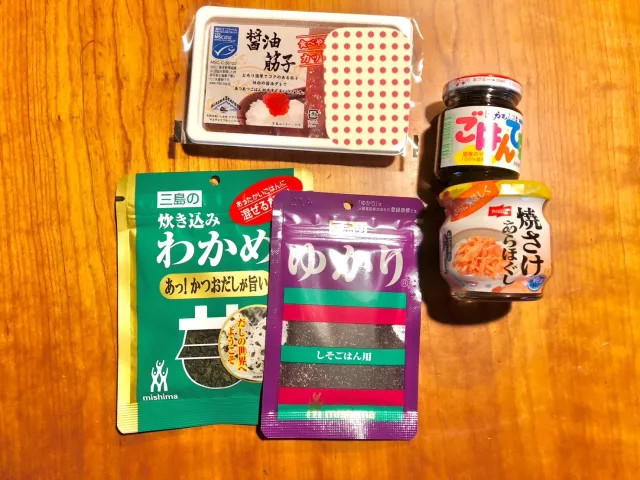

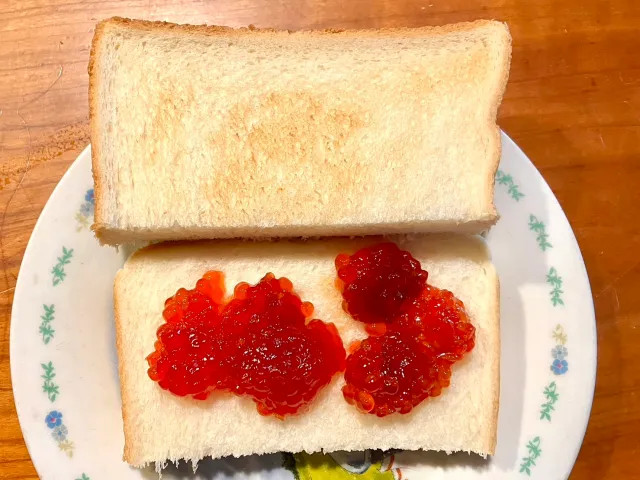
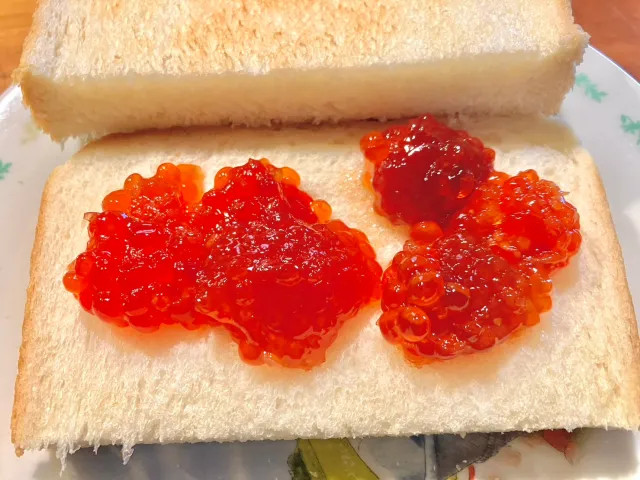

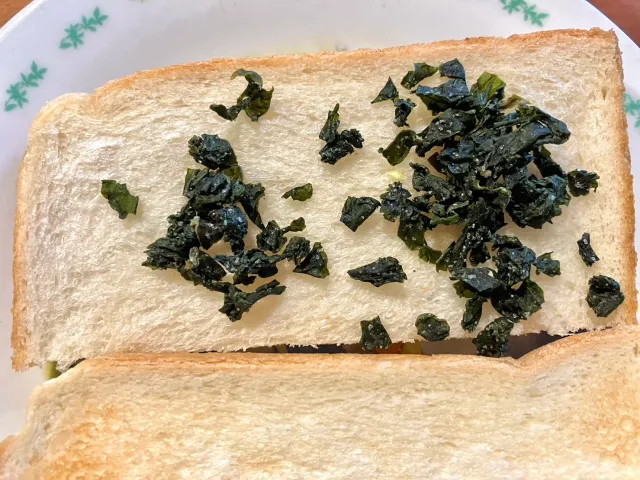

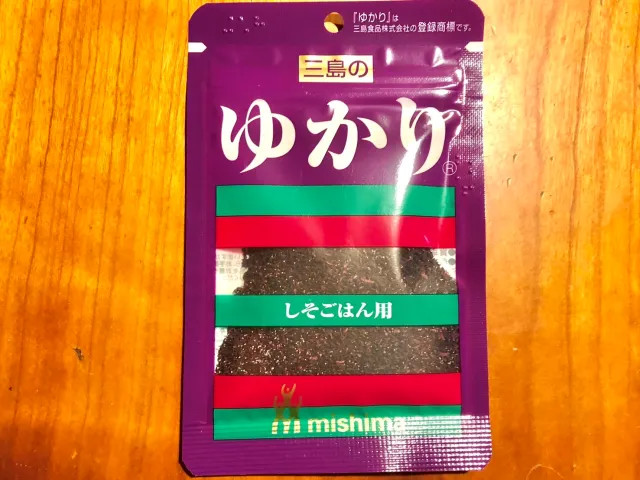
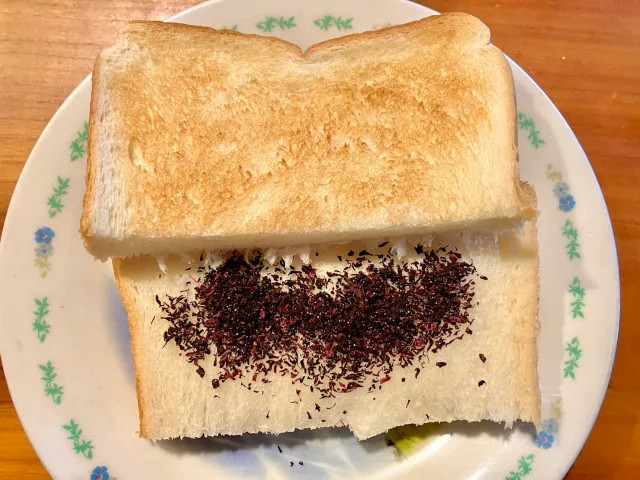
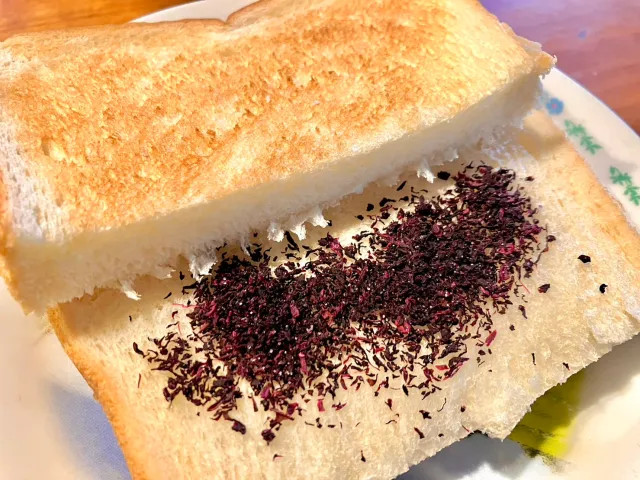
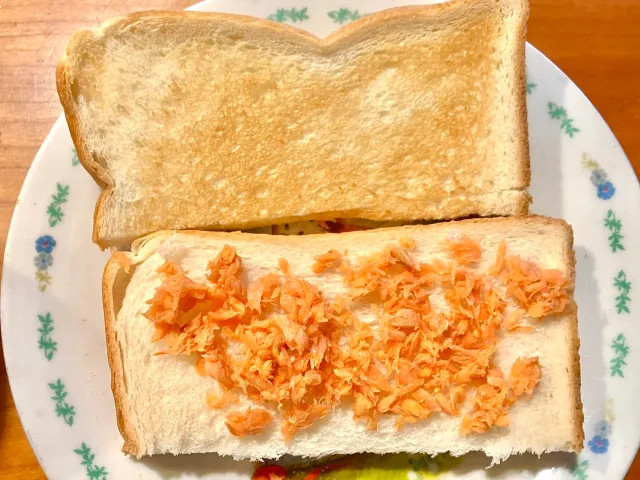
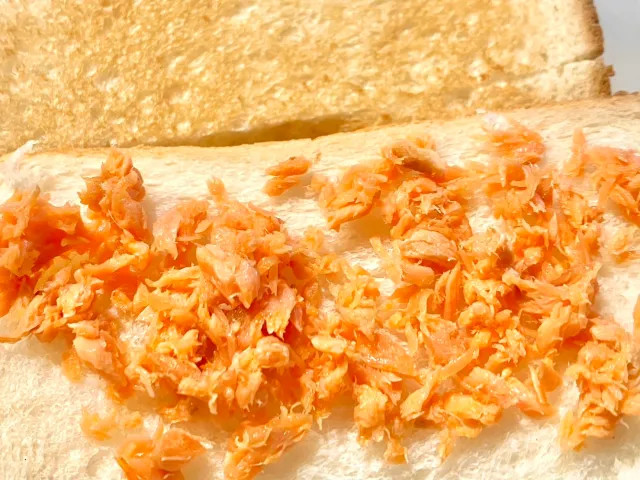
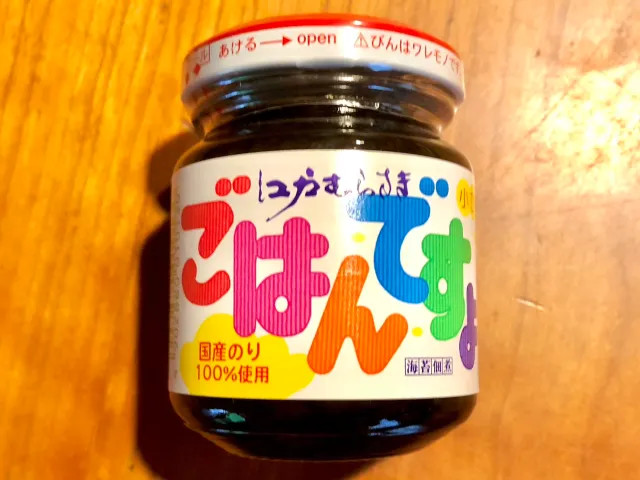
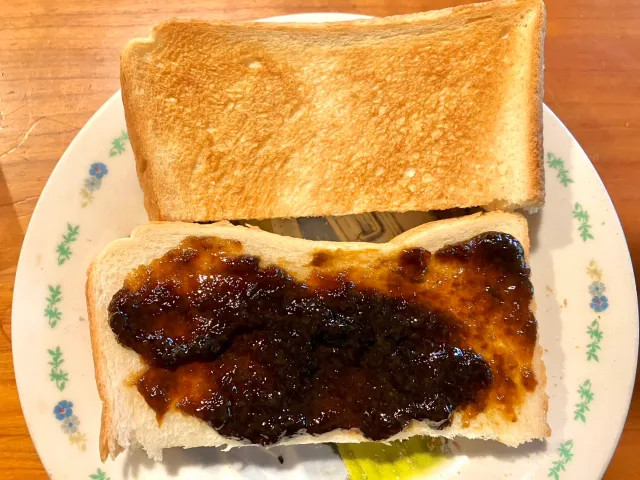
 Salmon-flavored Puccho candy – disgusting or delightful? 【Taste test】
Salmon-flavored Puccho candy – disgusting or delightful? 【Taste test】 New spreadable French Toast from Japan is a game-changer
New spreadable French Toast from Japan is a game-changer Michelin-approved Japanese chef teaches us two gourmet-standard dishes using ice cream and toast
Michelin-approved Japanese chef teaches us two gourmet-standard dishes using ice cream and toast We try “Melon Bread Style Toast Spread”, designed to turn sliced bread into melon bread
We try “Melon Bread Style Toast Spread”, designed to turn sliced bread into melon bread Red bean paste and cream cheese — a divinely sweet combination?
Red bean paste and cream cheese — a divinely sweet combination? Foreigner’s request for help in Tokyo makes us sad for the state of society
Foreigner’s request for help in Tokyo makes us sad for the state of society Seaside scenery, history, and so many desserts on Yokohama’s Akai Kutsu【Japan Loop Buses】
Seaside scenery, history, and so many desserts on Yokohama’s Akai Kutsu【Japan Loop Buses】 Japanese city loses residents’ personal data, which was on paper being transported on a windy day
Japanese city loses residents’ personal data, which was on paper being transported on a windy day Should you add tartar sauce to Japanese curry rice? CoCo Ichi makes diners an unusual offer
Should you add tartar sauce to Japanese curry rice? CoCo Ichi makes diners an unusual offer French Fries Bread in Tokyo’s Shibuya becomes a hit on social media
French Fries Bread in Tokyo’s Shibuya becomes a hit on social media Osaka governor suggests lowering voting age to 0 to curb population decline
Osaka governor suggests lowering voting age to 0 to curb population decline Akihabara pop-up shop sells goods made by Japanese prison inmates
Akihabara pop-up shop sells goods made by Japanese prison inmates Mt. Koya planning to instate visitor’s tax to cope with huge tourist numbers
Mt. Koya planning to instate visitor’s tax to cope with huge tourist numbers Red light district sushi restaurant in Tokyo shows us just how wrong we were about it
Red light district sushi restaurant in Tokyo shows us just how wrong we were about it Pokémon Sleep camping suite and guestrooms coming to Tokyo Hyatt along with giant Snorlax burgers
Pokémon Sleep camping suite and guestrooms coming to Tokyo Hyatt along with giant Snorlax burgers McDonald’s new Happy Meals offer up cute and practical Sanrio lifestyle goods
McDonald’s new Happy Meals offer up cute and practical Sanrio lifestyle goods Japanese ramen restaurants under pressure from new yen banknotes
Japanese ramen restaurants under pressure from new yen banknotes Studio Ghibli releases new action figures featuring Nausicaä of the Valley of the Wind characters
Studio Ghibli releases new action figures featuring Nausicaä of the Valley of the Wind characters New private rooms on Tokaido Shinkansen change the way we travel from Tokyo to Kyoto
New private rooms on Tokaido Shinkansen change the way we travel from Tokyo to Kyoto Tokyo Tsukiji fish market site to be redeveloped with 50,000-seat stadium, hotel, shopping center
Tokyo Tsukiji fish market site to be redeveloped with 50,000-seat stadium, hotel, shopping center Beautiful Ghibli sealing wax kits let you create accessories and elegant letter decorations【Pics】
Beautiful Ghibli sealing wax kits let you create accessories and elegant letter decorations【Pics】 Studio Ghibli releases Kiki’s Delivery Service chocolate cake pouches in Japan
Studio Ghibli releases Kiki’s Delivery Service chocolate cake pouches in Japan New definition of “Japanese whiskey” goes into effect to prevent fakes from fooling overseas buyers
New definition of “Japanese whiskey” goes into effect to prevent fakes from fooling overseas buyers Our Japanese reporter visits Costco in the U.S., finds super American and very Japanese things
Our Japanese reporter visits Costco in the U.S., finds super American and very Japanese things All-you-can-drink Starbucks and amazing views part of Tokyo’s new 170 meter-high sky lounge
All-you-can-drink Starbucks and amazing views part of Tokyo’s new 170 meter-high sky lounge More foreign tourists than ever before in history visited Japan last month
More foreign tourists than ever before in history visited Japan last month New Pokémon cakes let you eat your way through Pikachu and all the Eevee evolutions
New Pokémon cakes let you eat your way through Pikachu and all the Eevee evolutions Disney princesses get official manga makeovers for Manga Princess Cafe opening in Tokyo
Disney princesses get official manga makeovers for Manga Princess Cafe opening in Tokyo Sales of Japan’s most convenient train ticket/shopping payment cards suspended indefinitely
Sales of Japan’s most convenient train ticket/shopping payment cards suspended indefinitely Sold-out Studio Ghibli desktop humidifiers are back so Totoro can help you through the dry season
Sold-out Studio Ghibli desktop humidifiers are back so Totoro can help you through the dry season Japanese government to make first change to romanization spelling rules since the 1950s
Japanese government to make first change to romanization spelling rules since the 1950s Ghibli founders Toshio Suzuki and Hayao Miyazaki contribute to Japanese whisky Totoro label design
Ghibli founders Toshio Suzuki and Hayao Miyazaki contribute to Japanese whisky Totoro label design Doraemon found buried at sea as scene from 1993 anime becomes real life【Photos】
Doraemon found buried at sea as scene from 1993 anime becomes real life【Photos】 Tokyo’s most famous Starbucks is closed
Tokyo’s most famous Starbucks is closed One Piece characters’ nationalities revealed, but fans have mixed opinions
One Piece characters’ nationalities revealed, but fans have mixed opinions We asked a Uniqlo employee what four things we should buy and their suggestions didn’t disappoint
We asked a Uniqlo employee what four things we should buy and their suggestions didn’t disappoint Princesses, fruits, and blacksmiths: Study reveals the 30 most unusual family names in Japan
Princesses, fruits, and blacksmiths: Study reveals the 30 most unusual family names in Japan Salmon katsudon? Tokyo restaurant’s specialty is like a deep-fried sashimi lunch【Photos】
Salmon katsudon? Tokyo restaurant’s specialty is like a deep-fried sashimi lunch【Photos】 Sushi and onigiri rice balls get a new look with rollable furikake
Sushi and onigiri rice balls get a new look with rollable furikake In celebration of Onigiri Day, we compare rice balls from three different convenience stores
In celebration of Onigiri Day, we compare rice balls from three different convenience stores This French toast recipe that uses ice cream will knock your pajamas off【SoraKitchen】
This French toast recipe that uses ice cream will knock your pajamas off【SoraKitchen】 “Hey Singaporean taxi driver! Take us to the best restaurant in Singapore!”
“Hey Singaporean taxi driver! Take us to the best restaurant in Singapore!” Is a camping toaster from Daiso any good? We tested one so you don’t have to!
Is a camping toaster from Daiso any good? We tested one so you don’t have to! Mos Burger’s new French toast: A delicious breakfast with a side of linguistic challenges
Mos Burger’s new French toast: A delicious breakfast with a side of linguistic challenges Which Japanese convenience store has the best plain onigiri rice balls?
Which Japanese convenience store has the best plain onigiri rice balls? Tired of buying spicy cod roe that’s just not how you like it? Customize it with this new DIY kit
Tired of buying spicy cod roe that’s just not how you like it? Customize it with this new DIY kit How to have a great meal at conveyer belt sushi chain Kura Sushi even if you hate raw fish
How to have a great meal at conveyer belt sushi chain Kura Sushi even if you hate raw fish Want bread? You’re sure to find something you like in this wide and unique selection!【Video】
Want bread? You’re sure to find something you like in this wide and unique selection!【Video】 Häagen-Dazs Japan tells us to put ice cream on our avocado toast — Were we wrong to listen?
Häagen-Dazs Japan tells us to put ice cream on our avocado toast — Were we wrong to listen? We make yakisoba hot sandwiches, the next trendy camping meal【SoraKitchen】
We make yakisoba hot sandwiches, the next trendy camping meal【SoraKitchen】 Japanese Sumi Toaster brings charcoal cooking technology to sliced bread
Japanese Sumi Toaster brings charcoal cooking technology to sliced bread This sushi restaurant’s take-home temakizushi set is insanely satisfying for a great price
This sushi restaurant’s take-home temakizushi set is insanely satisfying for a great price
Leave a Reply